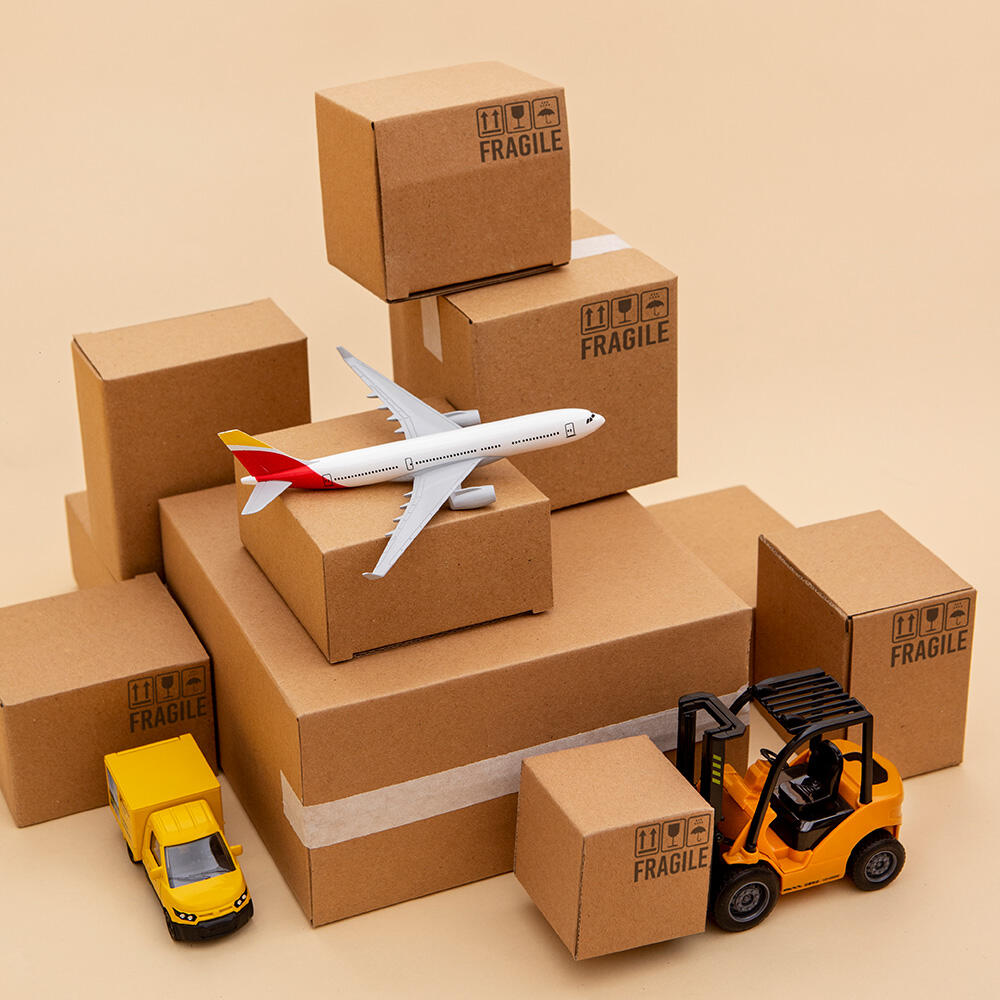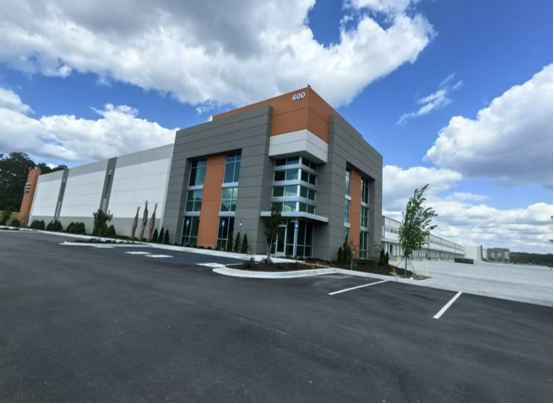
The Diversified Application Prospects of U.S. Freight Companies
Currently, U.S. freight companies are supporting a massive logistics ecosystem worth up to $1.9 trillion (projected by 2027, according to Statista data). In the e-commerce sector, these companies provide flexible solutions for retail giants like Walmart and Amazon: through regional distribution networks and last-mile delivery systems, they effectively manage the challenge of over 30 million packages on Black Friday (according to the National Retail Federation), while deploying a cold chain transportation system with temperature control within ±1°C for fresh food e-commerce. The manufacturing sector is the core battlefield, with nearly 80% of automotive parts transportation relying on professional-grade air suspension containers to effectively control transportation vibration levels below 0.5G. In cross-border transportation, the North American Free Trade Agreement (USMCA) customs clearance rate reaches 98.3%, significantly reducing the risk of automotive assembly line downtime.
The healthcare industry relies heavily on its precise control capabilities—FDA-certified pharmaceutical cold chain transport vehicles are equipped with dual temperature control systems to ensure that vaccine temperatures fluctuate within the +2°C to +8°C range without exceeding critical thresholds. In the event of a public health emergency, over 2,000 refrigerated pallets can be deployed to national disease control nodes within 72 hours. Agricultural logistics exhibit distinct seasonal characteristics: during California's fruit and vegetable harvest season, freight companies must mobilize over 5,000 refrigerated trailers within 48 hours to complete the consolidation of goods from farms to distribution centers. Simultaneously, humidity monitoring modules reduce fresh produce spoilage rates to below 3%, directly lowering consumers' fresh produce procurement costs by 15% (as calculated by the U.S. Department of Agriculture).
Energy infrastructure projects push technical boundaries—for example, specialized transportation of wind turbine blades requires custom-built 136-axle hydraulic flatbed trucks, which use real-time road deformation monitoring to avoid bump risks. Notably, small and medium-sized enterprises are emerging as growth engines: startups adopting shared LTL (less-than-truckload) transportation models can reduce logistics costs by 38% (according to FreightWaves research), while cloud-based TMS systems integrated via APIs boost freight tracking efficiency to 17 times that of traditional models. As 76% of manufacturers accelerate localization of production (Kearney report), coupled with carbon-neutral freight initiatives promoted by companies like FedEx (already covering 33% of main routes), the industry is undergoing a profound evolution toward smart and green solutions.
